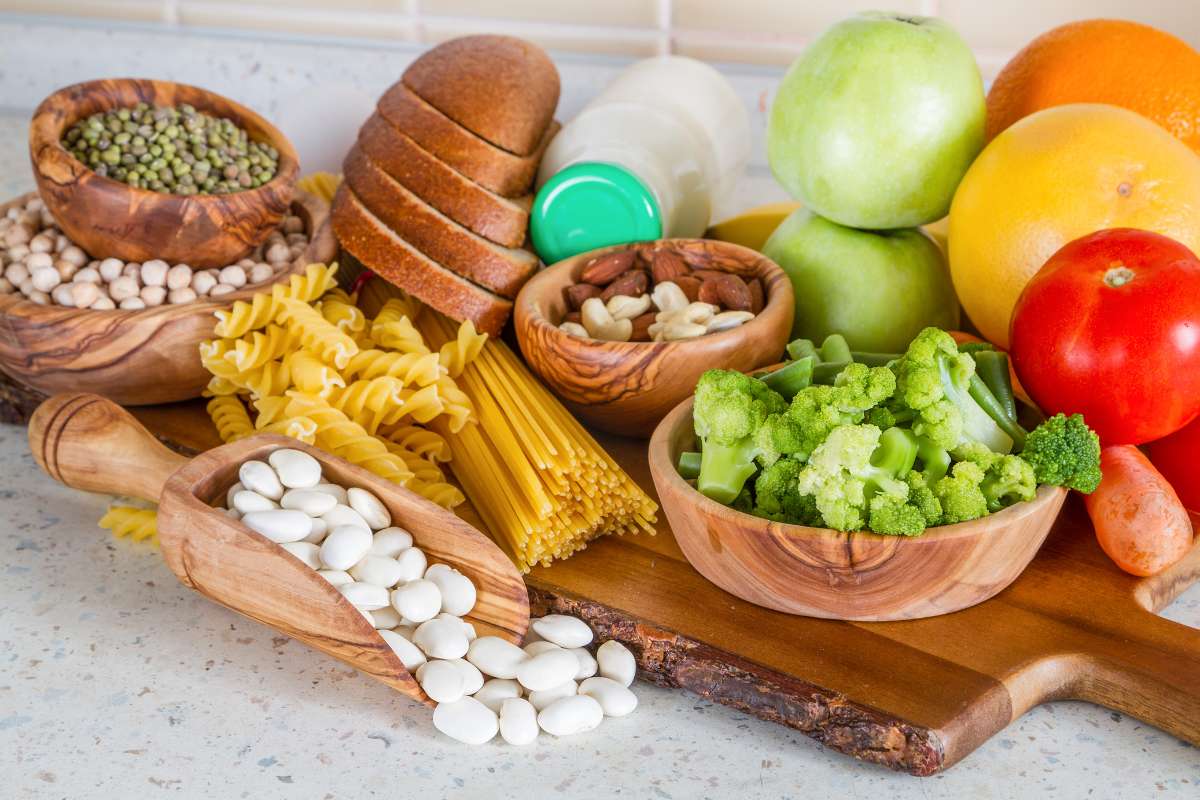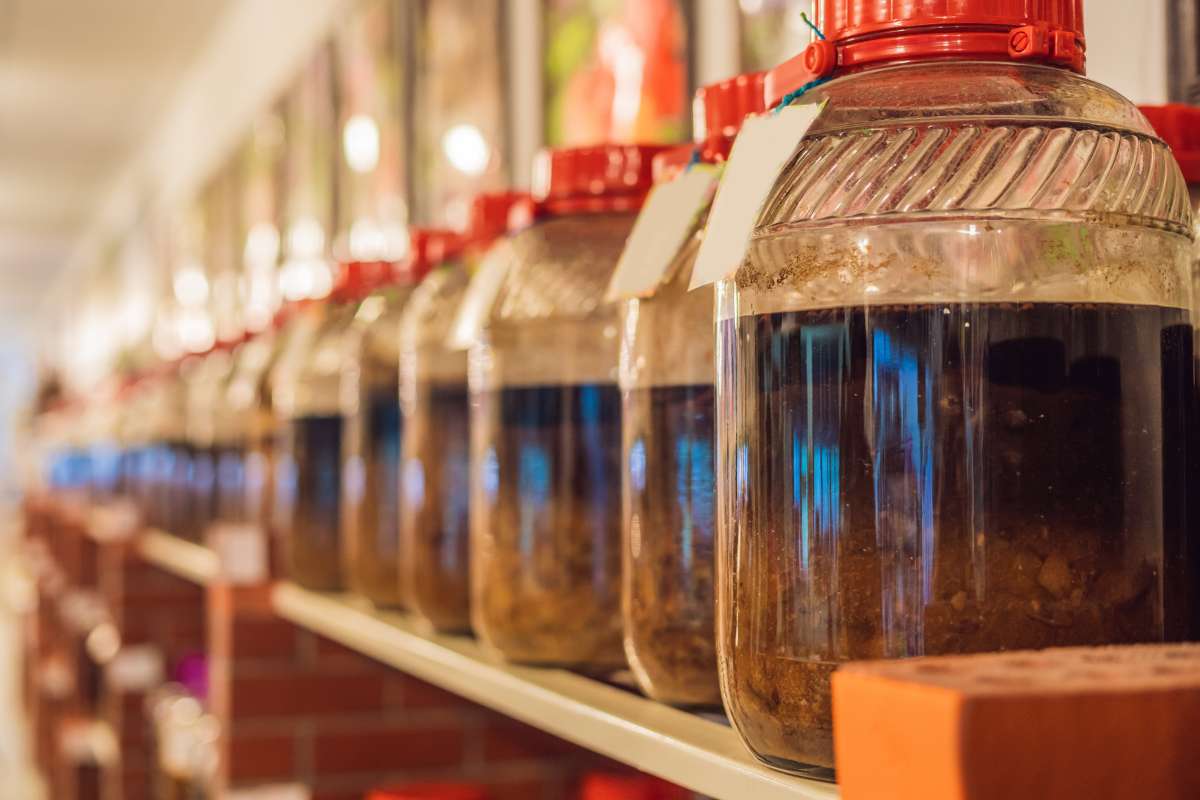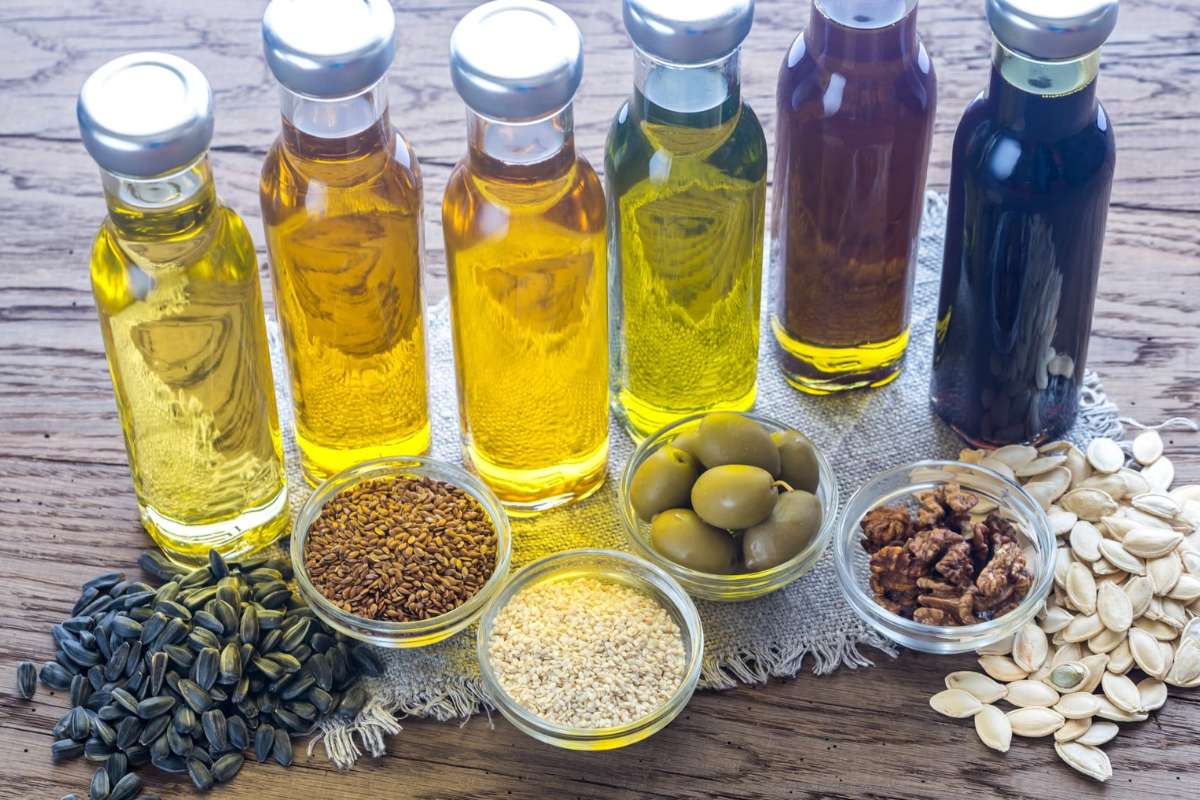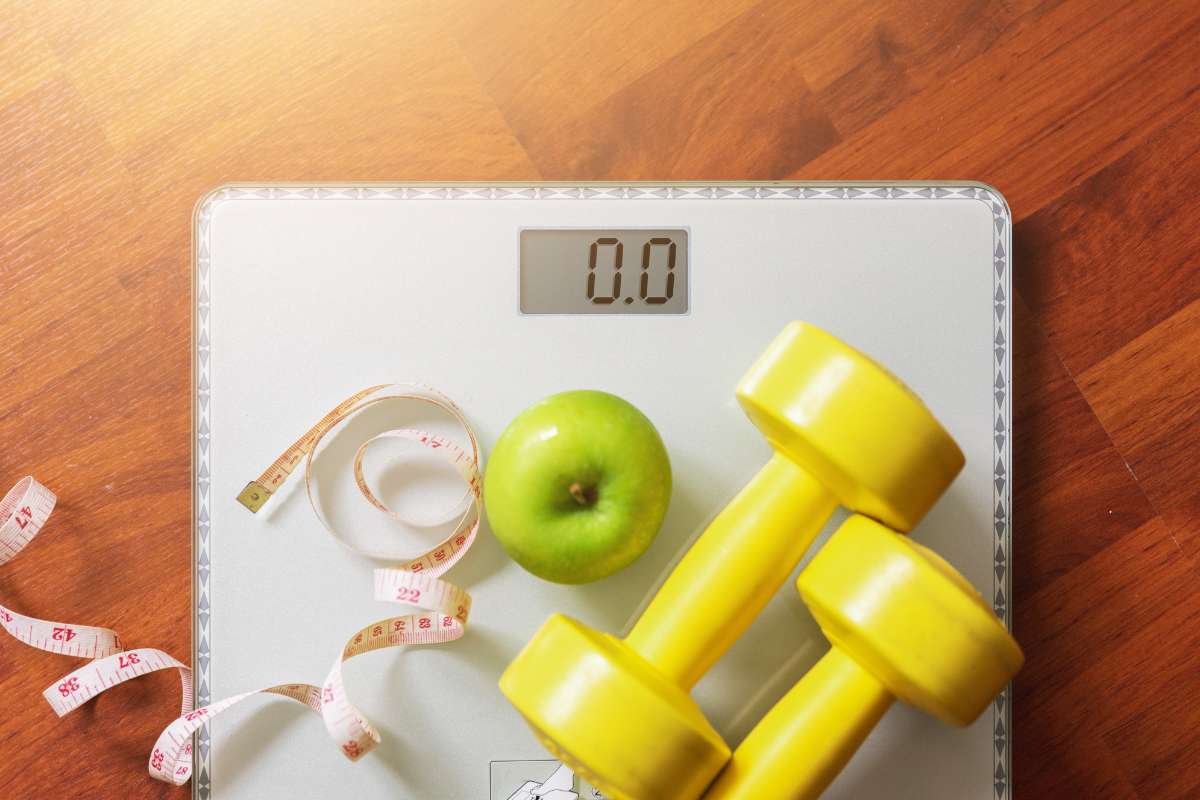It is important to incorporate protein into your diet every day. Protein plays a major role in carrying out important functions and maintaining muscle mass. Chicken, steak, or fish are the first to strike your mind when you think of protein. Not everyone is a fan of meat; they turn to greens for obtaining. If you come under that category, don’t worry; there are plenty of plant-based foods that meet your protein requirements.
This article suggests recipes based on high-protein vegetables and fruits and discusses their benefits for natural protein intake and a healthy, balanced diet.
High-Protein Vegetables
While vegetables are not typically associated with high protein content, some varieties offer a surprising amount of this essential nutrient. Here are some of the best high-protein vegetables:
1. Spinach
Spinach is a nutrient-dense leafy green that provides about 2.9 grams of protein per 100 grams. It is also packed with iron, fiber, and essential vitamins A, C, and K. For a protein boost, add it to salads, smoothies, or stir-fries.
Recipes:
- Garlic Butter Spinach Stir-Fry: Sauté fresh spinach with garlic, olive oil, and a pinch of salt for a quick and nutritious side dish.
- Spinach Protein Smoothie: Blend spinach with banana, almond milk, and a scoop of plant-based protein powder for a green powerhouse drink.
2. Broccoli
Broccoli is another powerhouse vegetable, offering 2.8 grams of protein per 100 grams. It is also rich in fiber, antioxidants, and vitamin C, making it an excellent addition to a balanced diet. Roast, steam, or blend it into soups to maximize its benefits.
Recipes:
- Cheesy Roasted Broccoli: Toss broccoli with olive oil, nutritional yeast, and garlic powder, then roast until crispy.
- Broccoli and Chickpea Stir-Fry: Sauté broccoli with chickpeas, soy sauce, and sesame seeds for a quick, protein-rich meal.
3. Brussels Sprouts
Brussels sprouts contain 3.4 grams of protein per 100 grams and are loaded with fiber, vitamin K, and antioxidants. Roast them with olive oil and garlic for a delicious and nutritious side dish.
Recipes:
- Crispy Roasted Brussels Sprouts: Roast Brussels sprouts with balsamic glaze and walnuts for a crunchy, protein-packed snack.
- Brussels Sprouts and Quinoa Salad: Toss shredded Brussels sprouts with cooked quinoa, almonds, and a lemon vinaigrette.
4. Asparagus
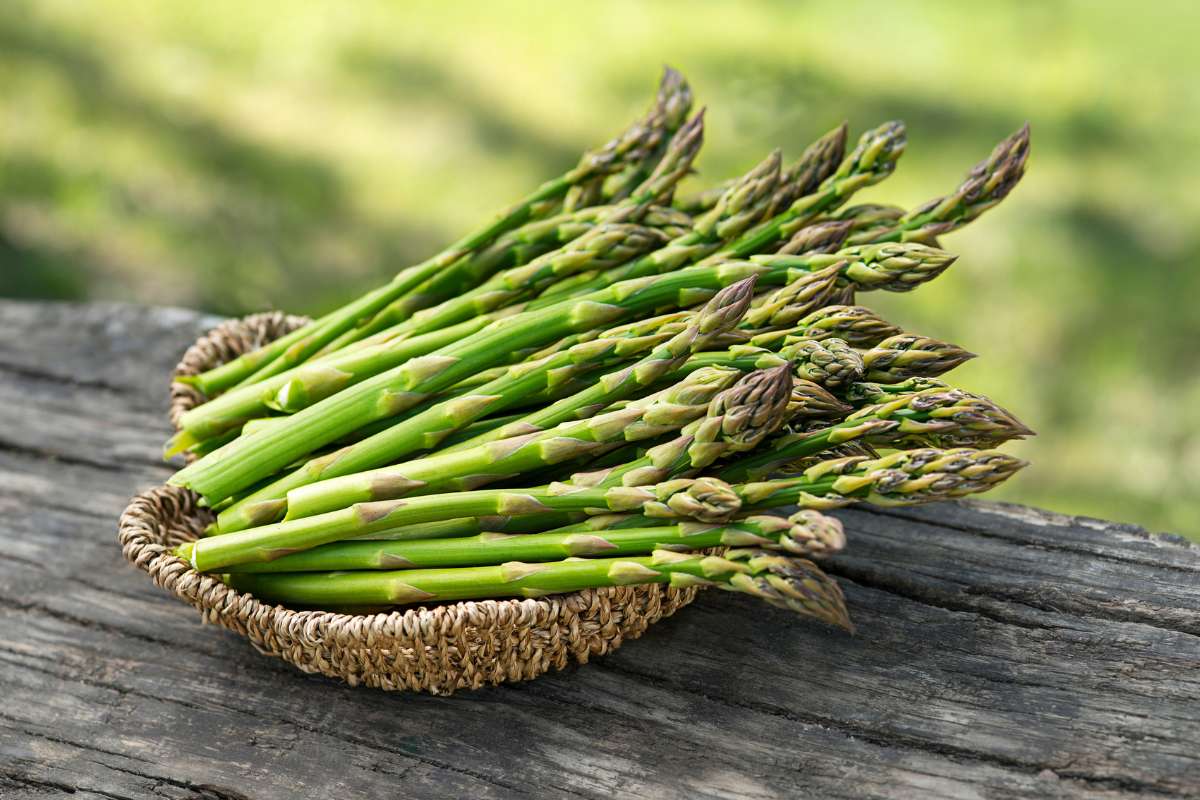
Asparagus provides 2.2 grams of protein per 100 grams, along with folate, vitamin K, and antioxidants. It pairs well with grilled dishes, salads, and pasta.
Recipes:
- Grilled Lemon Garlic Asparagus: Grill asparagus with olive oil, lemon zest, and garlic for a zesty side dish.
- Asparagus and White Bean Soup: Blend asparagus with white beans, vegetable broth, and herbs for a creamy, protein-rich soup.
5. Kale
Kale is a superfood that contains 2.9 grams of protein per 100 grams. It’s also an excellent source of vitamins A, C, and K, as well as fiber. Add it to salads, soups, or smoothies for a nutrient-rich meal.
Recipes:
- Kale and Avocado Salad: Massage kale with avocado, lime juice, and pumpkin seeds for a creamy, protein-boosting salad.
- Kale and Tofu Scramble: Stir-fry kale with scrambled tofu, turmeric, and black salt for a savory, high-protein breakfast.
6. Peas
Green peas are among the highest-protein vegetables, offering 5.4 grams of protein per 100 grams. They are also a great source of fiber, vitamin C, and iron. You can enjoy them in soups, curries, or salads.
Recipes:
- Pea and Mint Soup: Blend green peas with fresh mint, vegetable broth, and garlic for a refreshing soup.
- Pea and Lentil Curry: Cook green peas with lentils, coconut milk, and curry spices for a rich, plant-based meal.
7. Artichokes
With 3.3 grams of protein per 100 grams, artichokes are a great addition to a high-protein diet. They also support digestion and are rich in fiber and antioxidants.
Recipes:
- Stuffed Artichokes: Fill artichokes with a mixture of breadcrumbs, garlic, and parmesan for a flavorful dish.
- Artichoke and Chickpea Salad: Toss marinated artichokes with chickpeas, tomatoes, and feta cheese for a protein-rich salad.
High-Protein Fruits
Fruits generally contain less protein than vegetables, but some varieties stand out for their higher protein content. Here are some of the best high-protein fruits:
1. Guava
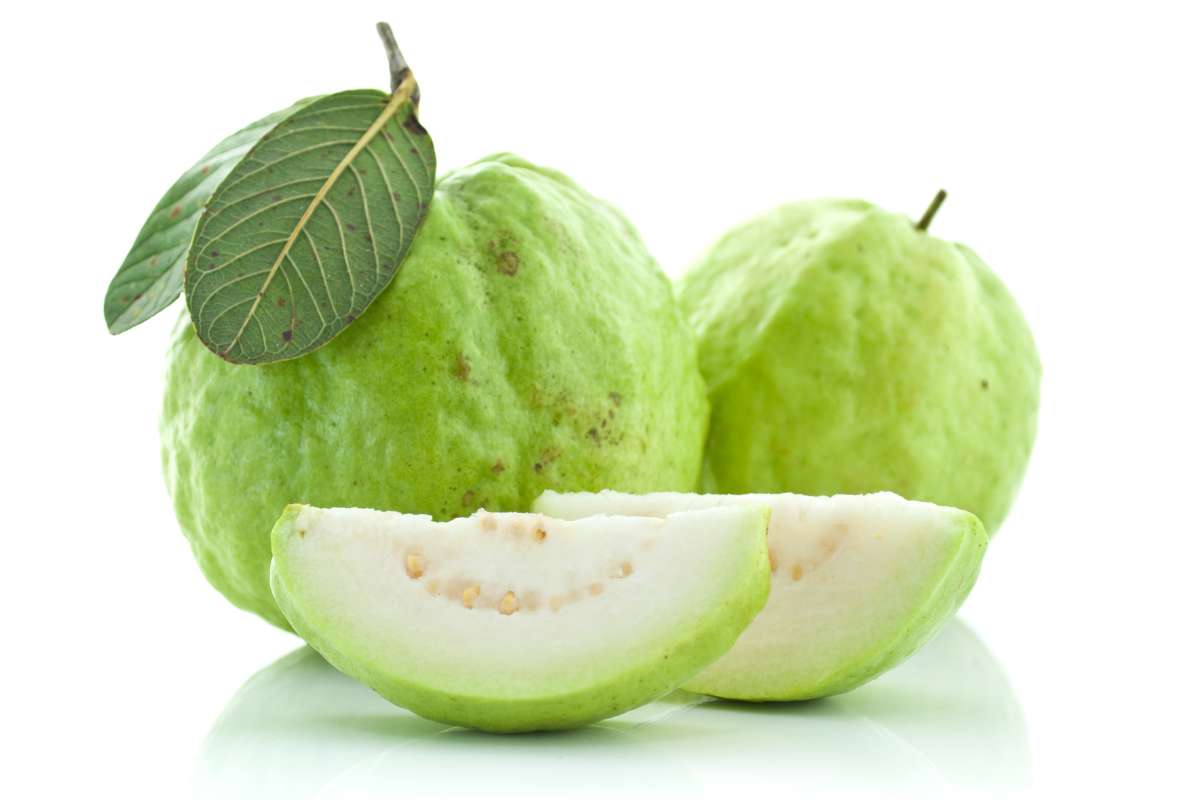
Guava is one of the highest-protein fruits, providing 2.6 grams of protein per 100 grams. It’s also rich in fiber, vitamin C, and antioxidants, making it a perfect addition to smoothies or fruit bowls.
Recipes:
- Guava Smoothie Bowl: Blend guava with Greek yogurt and top with granola and chia seeds.
- Spicy Guava Salsa: Mix chopped guava with lime juice, chili flakes, and cilantro for a sweet and spicy salsa.
2. Avocado
Avocados contain 2 grams of protein per 100 grams, along with heart-healthy fats, fiber, and vitamins. Enjoy them in salads, sandwiches, or spreads like guacamole.
Recipes:
- Avocado and Black Bean Wrap: Mash avocado with black beans, lime juice, and spices, then wrap in a whole-grain tortilla.
- Avocado Chocolate Mousse: Blend avocado with cocoa powder and honey for a decadent, protein-packed dessert.
3. Blackberries
Blackberries offer 2 grams of protein per 100 grams, along with a high dose of fiber and antioxidants. They are great for snacking, blending into smoothies, or topping yogurt.
Recipes:
- Blackberry Chia Pudding: Mix blackberries with chia seeds and almond milk for a protein-rich pudding.
- Blackberry Almond Parfait: Layer blackberries with Greek yogurt and almonds for a protein-boosting snack.
4. Apricots
Dried apricots, in particular, contain more protein than fresh ones, offering 3.5 grams of protein per 100 grams. They are a great snack option and pair well with nuts.
Recipes:
- Apricot and Almond Energy Balls: Blend dried apricots with almonds and oats for a quick protein snack.
- Apricot Glazed Tofu: Cook tofu with an apricot glaze for a sweet and savory protein-rich dish.
5. Jackfruit
Jackfruit is a unique tropical fruit that provides 1.7 grams of protein per 100 grams. It’s also a great meat substitute in vegan dishes.
Recipes:
- BBQ Pulled Jackfruit: Cook jackfruit with barbecue sauce and serve in tacos or sandwiches.
- Jackfruit Stir-Fry: Sauté jackfruit with bell peppers, soy sauce, and ginger for a high-protein vegan meal.
6. Bananas
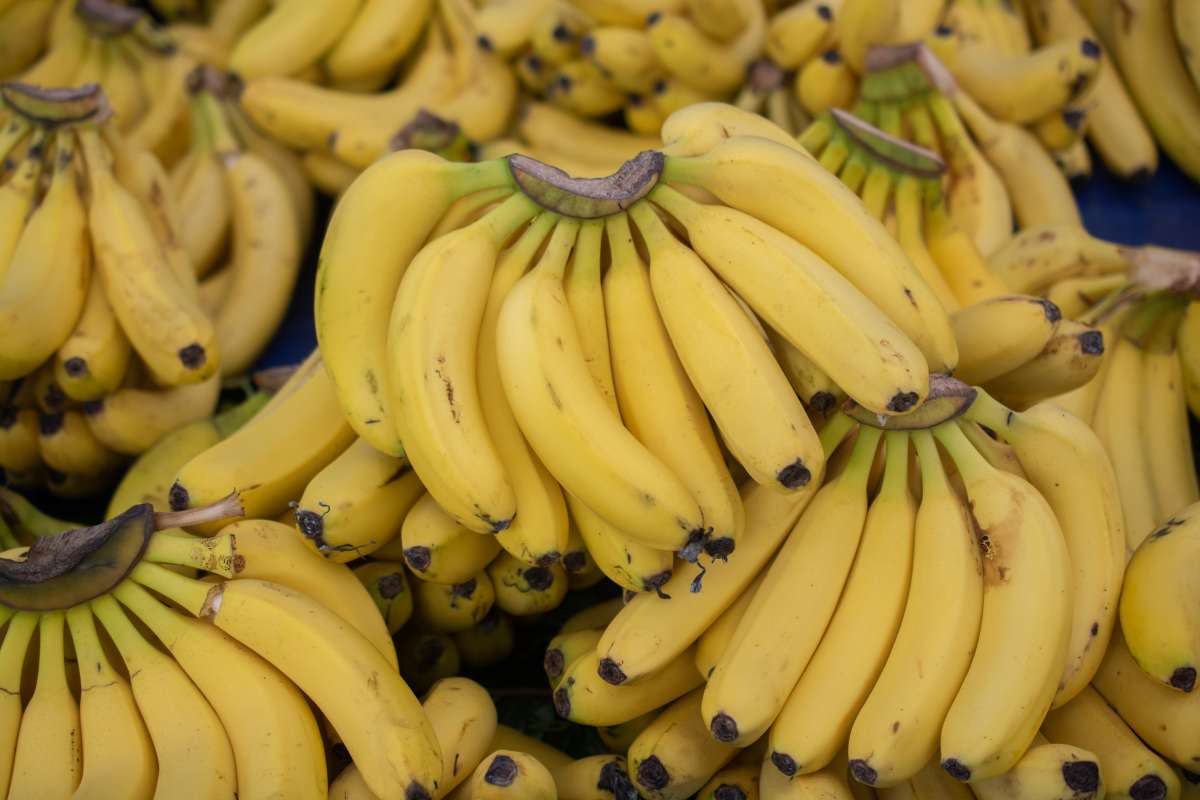
Bananas may not be the highest in protein, but they still provide 1.3 grams per 100 grams, along with potassium and fiber. They work well in smoothies, oatmeal, and as a pre-workout snack.
Recipes:
- Banana Peanut Butter Oatmeal: Mix mashed banana with oats, peanut butter, and chia seeds for a protein-rich breakfast.
- Frozen Banana Protein Bites: Dip banana slices in dark chocolate and roll them in crushed nuts for a high-protein snack.
Benefits of High-Protein Vegetables and Fruits
Incorporating high-protein vegetables and fruits into your diet offers several health benefits:
- Supports Muscle Growth: While plant-based proteins may not be as complete as animal proteins, consuming a variety of them ensures you get all essential amino acids.
- Aids in Weight Management: Protein helps keep you full for longer, reducing cravings and supporting weight loss efforts.
- Boosts Metabolism: High-protein foods increase calorie burn through the thermic effect of food (TEF).
- Improves Digestive Health: Many of these high-protein vegetables and fruits are also rich in fiber, promoting gut health.
- Provides Essential Nutrients: These plant-based sources are loaded with vitamins, minerals, and antioxidants that contribute to overall health.
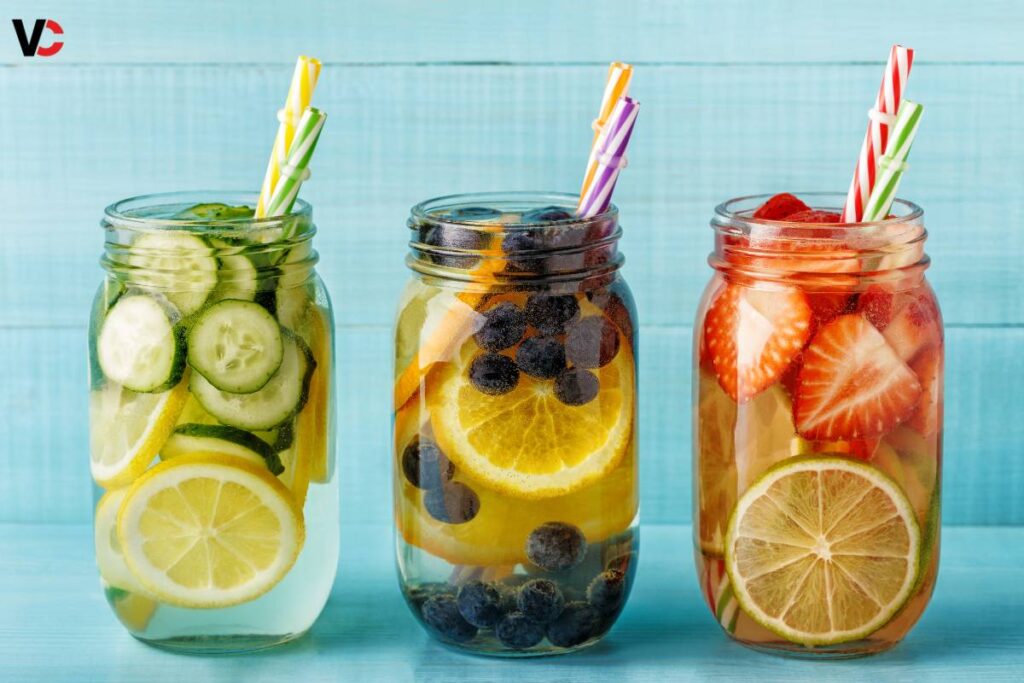
Unveiling the Benefits and Drawbacks of the Fruit Water Diet
The concept of the fruit water diet, also known as fruit-infused water or detox water, has been around for centuries, rooted in traditional practices of infusing water with natural ingredients for health benefits.
Takeaway
High-protein vegetables and fruits are an excellent way to boost your daily protein intake while enjoying a variety of nutrients. While they may not replace animal-based proteins entirely, they provide essential amino acids, fiber, vitamins, and minerals that contribute to overall health.
Whether you’re following a plant-based diet or simply looking to include more nutritious foods, incorporating these high-protein vegetables and fruits into your meals can help you stay healthy and energized.

